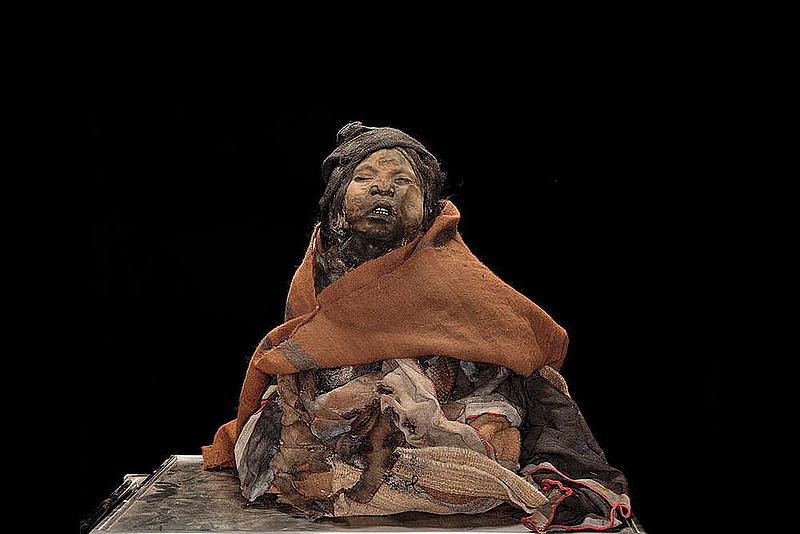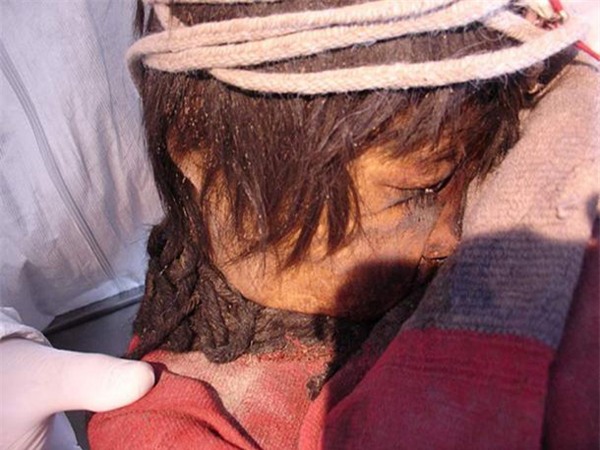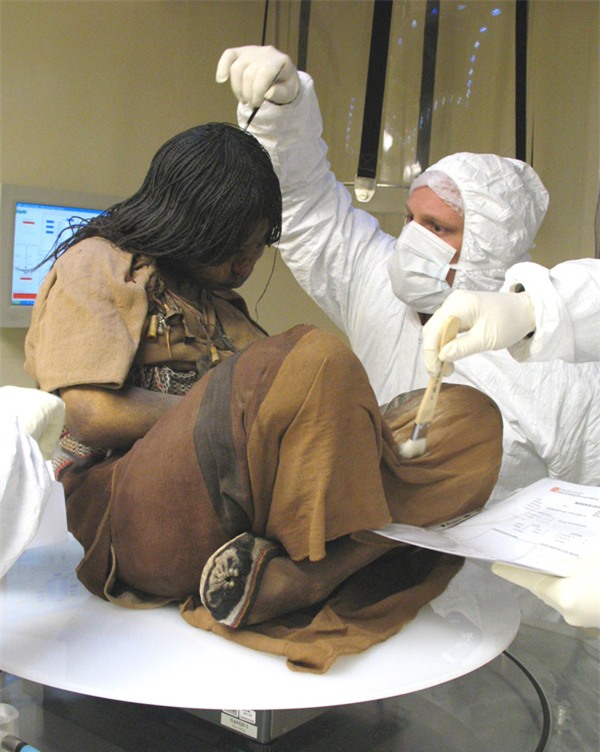In the high-altitude Andes of Argentina, a remarkable archaeological discovery was made in 1999 that would forever change our understanding of the Inca Empire’s religious and cultural practices. Three mummified children, perfectly preserved for over 500 years, were found atop Mount Llullaillaco, a dormant volcano near the border between Argentina and Chile. These children, known as “The Mummies of Llullaillaco,” offer a haunting yet fascinating glimpse into the ancient rituals that were carried out by the Incas. Through careful study of these mummies, we gain a deeper understanding of the Capacocha sacrifice and the role religion played in the Incan society.
A Sacred Sacrifice: The Capacocha Ritual
The mummified children were part of an Inca ritual called Capacocha, a religious ceremony dedicated to appeasing the gods, especially those of the mountains. The Inca civilization believed that the highest gods resided in the mountains, and offerings were made in order to ensure good harvests, protection in battle, and general well-being. The children, often selected for their purity, were regarded as intermediaries between the human world and the divine. Their sacrifice was seen as a way to bring the blessings of the gods to the Inca Empire.
The discovery of these mummies has provided a direct link to understanding the Inca’s complex relationship with religion, ritual, and death. The practice of child sacrifice was a demonstration of the Incas’ deep commitment to their deities, a belief that the purity and innocence of young lives could somehow ensure the favor of the gods. But beyond the physical act, this ritual represented the Incas’ profound connection with the spiritual realm, the cyclical nature of life and death, and their view of the afterlife.

The Children: Their Fate and Their Stories
The mummies found at Llullaillaco have been named La Doncella (“The Maiden”), El Niño (“The Boy”), and La Niña del Rayo (“The Girl of the Lightning”). The children, estimated to be between six and fifteen years old at the time of their deaths, were drugged with coca and alcohol before being sealed in small chambers on top of the mountain. Their deaths were not violent in the traditional sense but were part of a larger ceremonial process that ensured their souls could join the gods in the afterlife.
- La Doncella: The oldest of the three, La Doncella was likely around 15 years old at the time of her death. She was treated with great care and respect, with evidence suggesting she may have died peacefully in her sleep. Her burial position and the garments she was found wearing, including intricate jewelry, point to her being of high status, possibly a noble or someone of special significance in the community.
- El Niño: El Niño, around seven years old, provides a more distressing story. His mummified body showed signs of intense physical stress before his death. His ribs and pelvis were dislocated, and there were traces of vomit and blood on his clothing, suggesting he suffered greatly before succumbing to death. His body was found in a tightly wrapped position, indicating that he may have been suffocated, a likely method of his sacrifice. This suggests that the child’s death was a deeply emotional and painful experience, a reflection of the severity of the ritual.
- La Niña del Rayo: The youngest of the three, La Niña del Rayo was about six years old. Like La Doncella, she seemed to have been treated with respect before her death. Her name, “The Girl of the Lightning,” is believed to be linked to the spiritual significance of the storm and thunder gods in Incan religion.

The Symbolism and Spiritual Significance
These mummies are not simply relics of the past; they are the physical embodiment of the Inca’s spiritual beliefs. The Capacocha sacrifices were not just about death; they were about transcendence. The Incas believed that the sacrifice of these children—chosen for their purity and innocence—would ensure prosperity for the empire, reinforce the divine connection between the rulers and the gods, and secure the favor of powerful deities who controlled nature and life itself.
The way these children were preserved—drugged to induce a state of unconsciousness—suggests that the Incas viewed the transition to the afterlife as a form of eternal peace. This idea aligns with their broader philosophy of life and death, where death was not an end but a journey into a divine realm, a journey in which purity was paramount.

Archaeological Insights and Technological Marvels
The mummification of these children also offers profound insights into the technological capabilities of the Inca civilization. Despite the harsh, high-altitude conditions of Llullaillaco, the mummies were remarkably well-preserved. The cold, dry environment, combined with the meticulous care in their mummification, preserved their bodies for centuries. The Incas employed a combination of natural resources and sophisticated techniques to prepare their sacrifices, wrapping the children in fine textiles, adorning them with precious jewelry, and securing them in tomb-like structures at the summit of the mountain.
Artifacts found with the mummies, such as intricate gold and silver jewelry, textiles, and ceremonial items, further highlight the Inca’s craftsmanship and religious devotion. These items were not just for the children’s burial; they were meant to accompany the children on their journey to the afterlife, offering them the wealth and protection needed to face the gods.

The Aftermath: A Window into Inca Society
The mummies of Llullaillaco provide an invaluable glimpse into the Inca’s societal structure and religious practices. Their discovery has ignited debates about the extent of human sacrifice in Incan culture and its place within the larger context of Andean cosmology. These children were not simply victims of a brutal practice but were part of a deeply ritualistic and spiritual tradition that sought to maintain harmony between the earthly and divine realms.
While the practice of child sacrifice may seem horrific from a modern perspective, it is essential to understand it within the cultural and religious framework of the Inca Empire. For the Incas, these sacrifices were acts of devotion, offering the purest form of life to the gods in exchange for protection, fertility, and prosperity. The mummies are not only sacred artifacts; they are messengers from the past, conveying the Inca’s spiritual world to us across the centuries.
Conclusion: A Timeless Connection
The discovery of the Llullaillaco mummies has opened up a fascinating chapter in the story of the Inca Empire, providing scholars with a wealth of information about the empire’s religion, culture, and the significance of sacrifice in Incan society. The mummies of La Doncella, El Niño, and La Niña del Rayo are more than just bodies preserved by time; they are symbols of the Inca’s belief in the interconnectedness of life, death, and the divine. As we look to the future, these mummies continue to challenge our understanding of ancient civilizations and remind us of the deeply spiritual and ritualistic worlds they once inhabited.
The legacy of these children, sacrificed with reverence and devotion, endures as a powerful testament to the enduring power of faith and ritual in human history.

